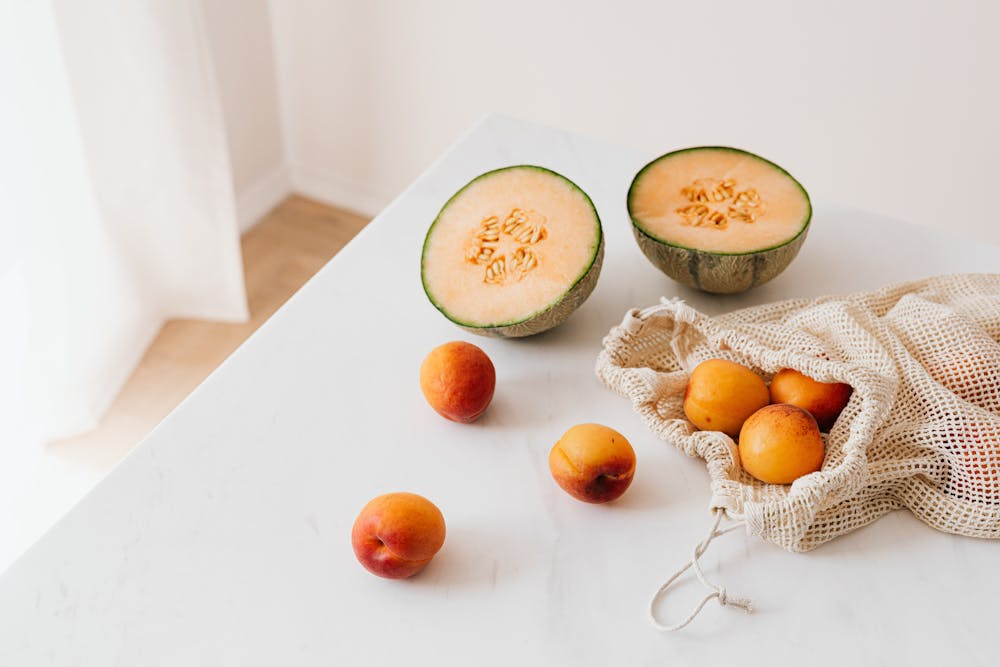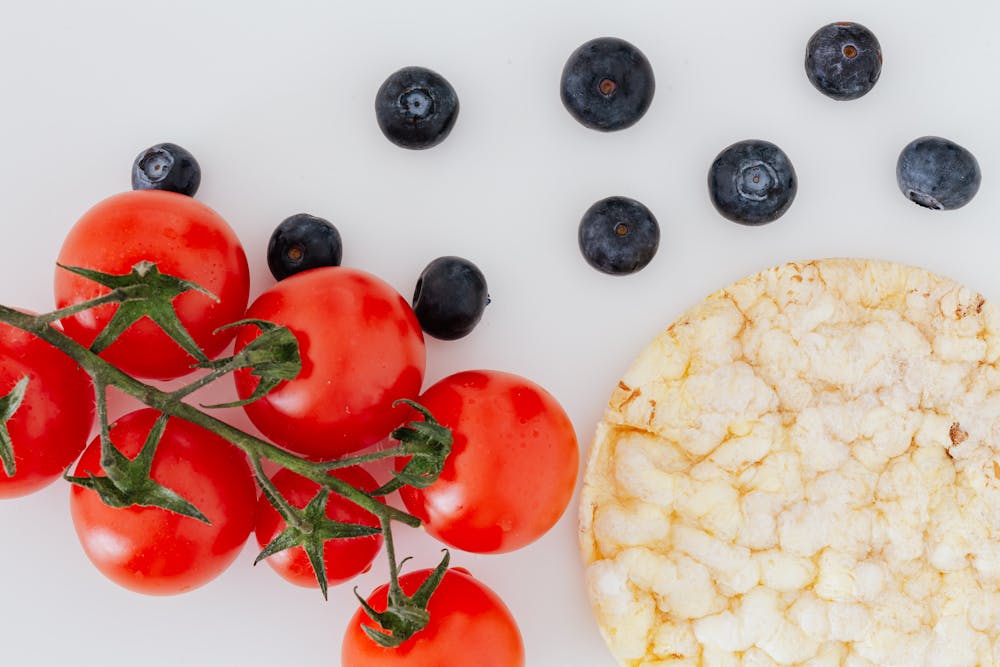As I explore ways to optimize my health and well-being, I’ve been drawn to the concept of the anti-inflammatory diet—a dietary approach focused on consuming foods that help reduce chronic inflammation in the body. Chronic inflammation has been linked to a wide range of health conditions, including heart disease, diabetes, arthritis, and even cancer. By incorporating anti-inflammatory foods into my diet, I’m taking proactive steps to support my body’s natural defense mechanisms and promote overall wellness. Here are some key principles and foods associated with the anti-inflammatory diet:
 1. **Emphasis on Whole, Plant-Based Foods:**
1. **Emphasis on Whole, Plant-Based Foods:**
The foundation of the anti-inflammatory diet is a variety of whole, plant-based foods, including fruits, vegetables, legumes, nuts, seeds, and whole grains. These foods are rich in vitamins, minerals, antioxidants, and phytonutrients that help combat inflammation and protect against chronic disease.
 2. **Healthy Fats:**
2. **Healthy Fats:**
Healthy fats, such as those found in olive oil, avocados, nuts, and fatty fish like salmon and mackerel, are an essential component of the anti-inflammatory diet. These fats contain omega-3 fatty acids and monounsaturated fats, which have been shown to reduce inflammation and support cardiovascular health.
 3. **Omega-3-Rich Foods:**
3. **Omega-3-Rich Foods:**
Omega-3 fatty acids, found primarily in fatty fish like salmon, sardines, and trout, as well as flaxseeds, chia seeds, and walnuts, have potent anti-inflammatory properties. Incorporating these foods into my diet helps balance the omega-3 to omega-6 fatty acid ratio, which is important for reducing inflammation.
 4. **Colorful Fruits and Vegetables:**
4. **Colorful Fruits and Vegetables:**
Brightly colored fruits and vegetables, such as berries, cherries, leafy greens, tomatoes, and bell peppers, are packed with antioxidants and anti-inflammatory compounds like flavonoids and carotenoids. Including a variety of colors in my diet ensures that I benefit from a diverse array of phytonutrients.
 5. **Herbs and Spices:**
5. **Herbs and Spices:**
Herbs and spices like turmeric, ginger, garlic, cinnamon, and rosemary possess potent anti-inflammatory properties. Incorporating these flavorful ingredients into my meals not only enhances taste but also provides numerous health benefits.
 6. **Whole Grains:**
6. **Whole Grains:**
Whole grains like brown rice, quinoa, oats, and barley are rich in fiber and antioxidants, which help reduce inflammation and support digestive health. Choosing whole grains over refined grains provides sustained energy and promotes satiety.
 7. **Limiting Inflammatory Foods:**
7. **Limiting Inflammatory Foods:**
In addition to emphasizing anti-inflammatory foods, I also aim to limit or avoid foods that promote inflammation, such as processed meats, refined sugars, refined carbohydrates, and trans fats. These foods can trigger inflammatory responses in the body and contribute to chronic disease risk.
 By adopting an anti-inflammatory diet rich in whole, nutrient-dense foods and mindful of potential inflammatory triggers, I’m nurturing my body and supporting its natural healing processes. As I continue to explore the connection between diet and inflammation, I’m inspired by the transformative power of food in promoting optimal health and vitality. By making informed food choices and embracing a lifestyle centered around nourishment and wellness, I’m empowering myself to live a life of vitality and well-being.
By adopting an anti-inflammatory diet rich in whole, nutrient-dense foods and mindful of potential inflammatory triggers, I’m nurturing my body and supporting its natural healing processes. As I continue to explore the connection between diet and inflammation, I’m inspired by the transformative power of food in promoting optimal health and vitality. By making informed food choices and embracing a lifestyle centered around nourishment and wellness, I’m empowering myself to live a life of vitality and well-being.




